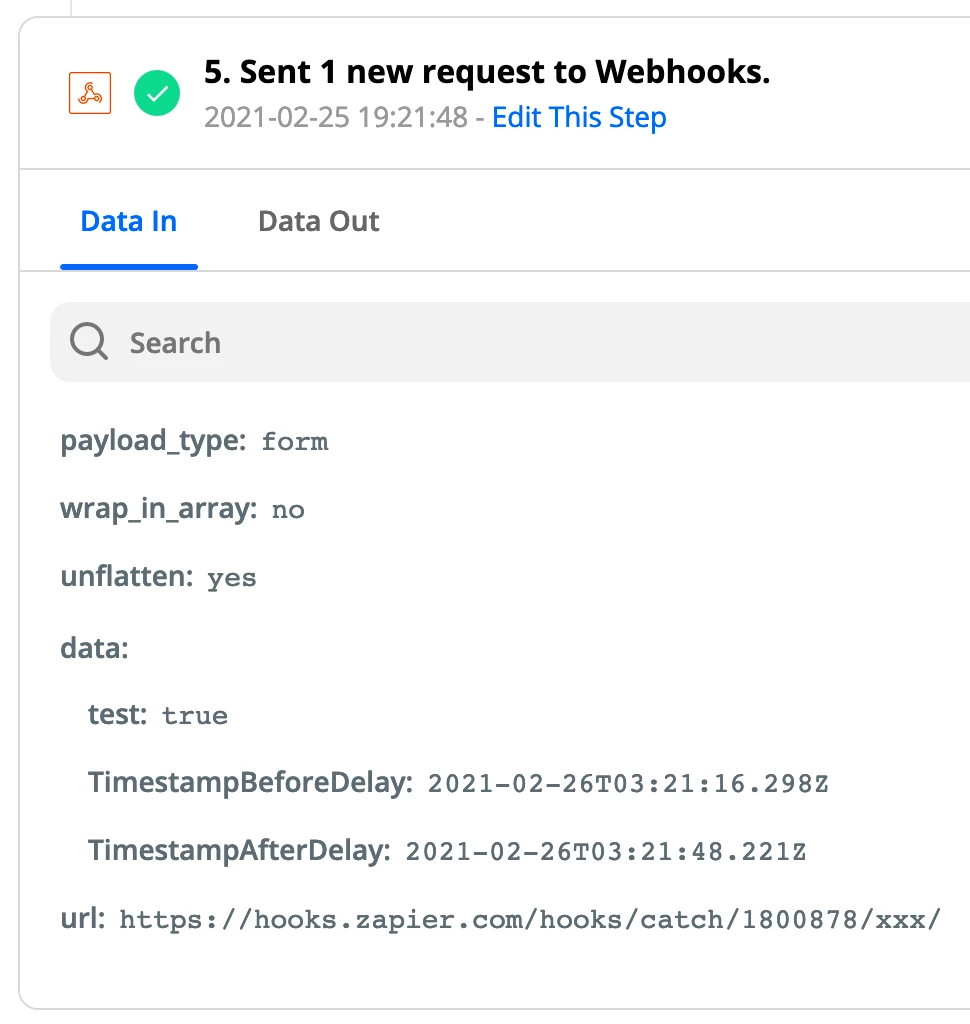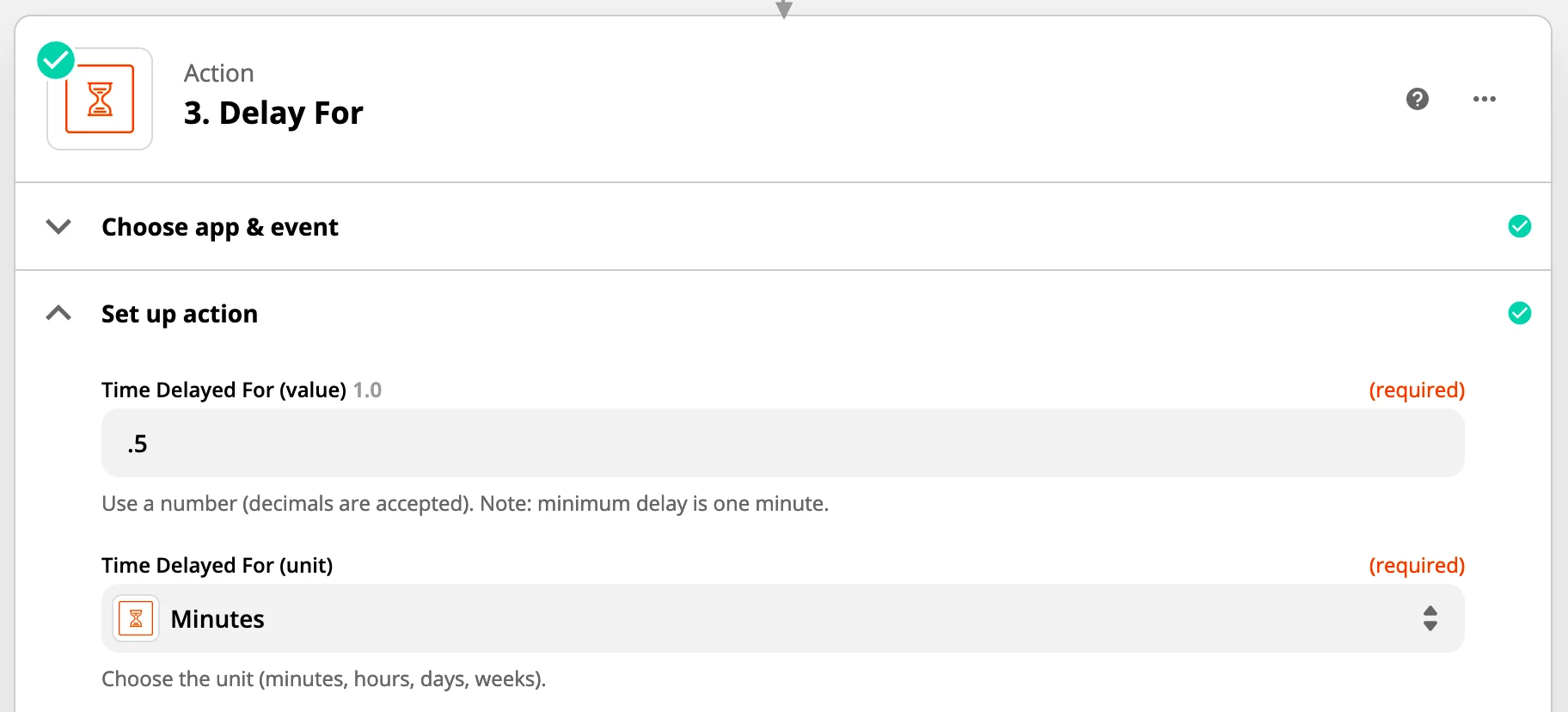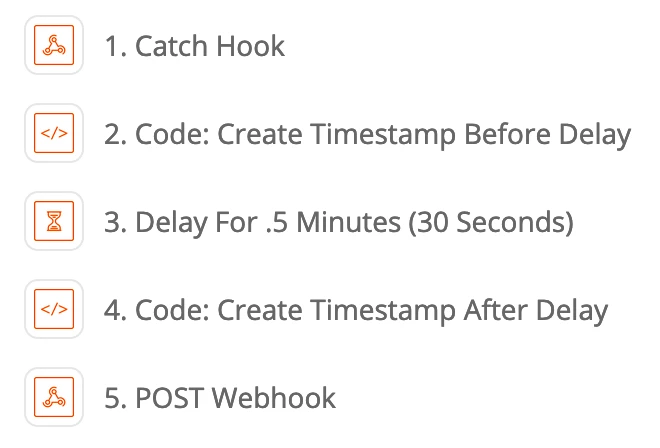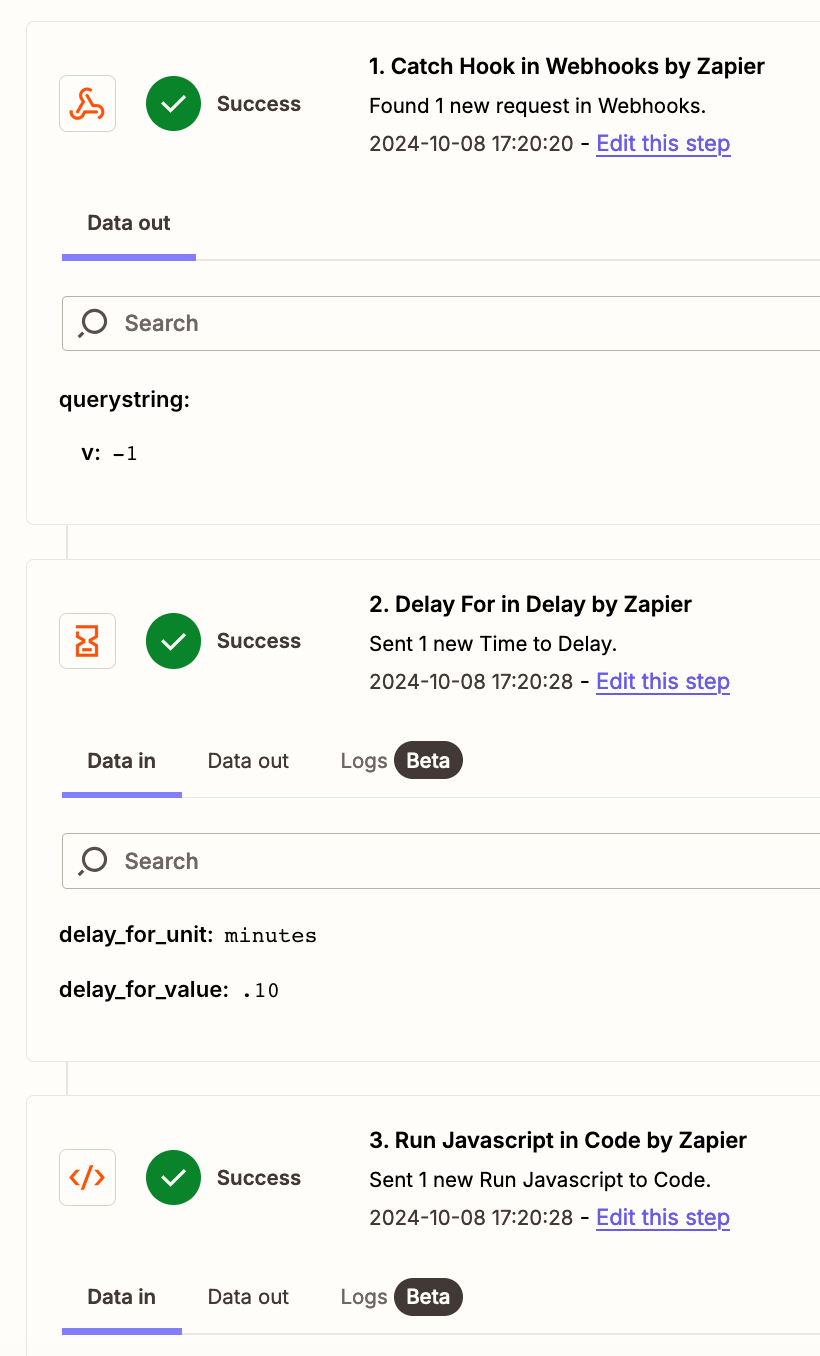PROOF that it is indeed possible to delay a Zap for less than 1 minute using the Delay For action step!
Credits
Troy Tessalone is a Certified Zapier Expert at Automation Ace.
CHANGES
- Minimal delay: From January 13, 2025, the shortest delay you can set for a Zap is 1 minute.
- Automatical adjustments: If you have any existing Zaps with delays shorter than 1 minute, they will automatically adjusted to 1 minute to prevent any performance impact.
NOTE: There is a workaround using Code by Zapier to do a Delay for 1-30 seconds.
###
Don’t believe everything you read, and when in doubt, test it out!
Screenshot below shows the Zap Run history with a timestamp created before and after 30 second delay.
(Note: The time difference between the 2 timestamps shown is a bit longer than 30 seconds because of the time it takes to process the other Zap steps.)

Notice below the field Time Delayed For (value) it states:
Use a number (decimals are accepted). Note: minimum delay is one minute.

How the Zap with a delay for less than 1 minute was tested…
Created a Zap with these 5 steps.
Step 1 triggers the Zap from a webhook.
Step 2 creates a timestamp before the delay.
Step 3 does a delay for .5 minutes (aka 30 seconds).
Step 4 creates a timestamp after the delay.
Step 5 posts a webhook with the timestamps before and after the delay.

Cheat Sheet
.083 = ~5 seconds
.166 = ~10 seconds
.25 = 15 seconds
.333 = ~20 seconds
.5 = 30 seconds
.666 = ~40 seconds
.75 = 45 seconds
Help article about Delay For: https://zapier.com/help/create/customize/add-delays-to-zaps#delay-for
Rejoice, no need for a Code step to get a Zap to delay less than 1 minute, altho check out this Topic if interested...
Happy Hacking!










